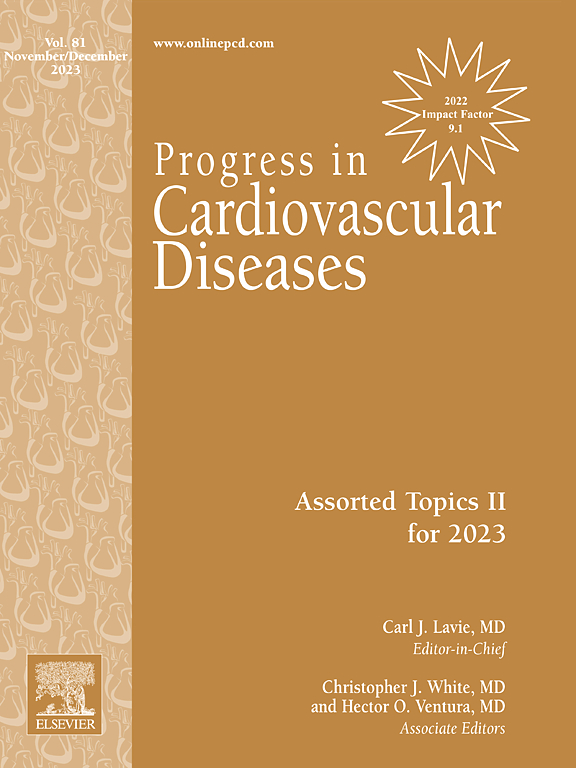优化心房颤动电复律疗效的策略。
IF 7.6
2区 医学
Q1 CARDIAC & CARDIOVASCULAR SYSTEMS
引用次数: 0
摘要
直流电复律(DCCV)是房颤(AF)治疗的基石,是将房颤转化为窦性心律的最快方法。总的来说,该手术是有效和安全的,但DCCV的疗效可能会因可改变或不可改变的患者特征或手术因素而降低。此外,不充分的准备,如缺乏qrs同步或遗漏左心耳(LAA)的术前成像,可能导致严重的伤害。本文讨论了电复律的简史,目前可用的成功率最高的复律设置/配置,成功复律的常见障碍,克服这些障碍的策略,以及确保高水平患者安全的建议方案。本文章由计算机程序翻译,如有差异,请以英文原文为准。
Strategies for optimizing efficacy of electrical cardioversion of atrial fibrillation
Direct current cardioversion (DCCV) is a cornerstone in the management of atrial fibrillation (AF) and is the quickest way to convert AF to sinus rhythm. Overall, the procedure is effective and safe, but the efficacy of DCCV can be reduced due to modifiable and non-modifiable patient characteristics, or procedural factors. Additionally, inadequate preparation, such as a lack of QRS-synchronization or omitting preprocedural imaging of the left atrial appendage (LAA), could lead to significant harm. This manuscript discusses a brief history of electrical cardioversion, the currently available cardioverter settings/configuration with the highest success rate, the common barriers to successful cardioversion, strategies to overcome these barriers, and suggested protocols to ensure a high level of patient safety.
求助全文
通过发布文献求助,成功后即可免费获取论文全文。
去求助
来源期刊

Progress in cardiovascular diseases
医学-心血管系统
CiteScore
10.90
自引率
6.60%
发文量
98
审稿时长
7 days
期刊介绍:
Progress in Cardiovascular Diseases provides comprehensive coverage of a single topic related to heart and circulatory disorders in each issue. Some issues include special articles, definitive reviews that capture the state of the art in the management of particular clinical problems in cardiology.
 求助内容:
求助内容: 应助结果提醒方式:
应助结果提醒方式:


